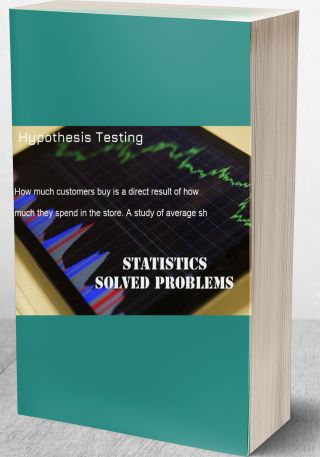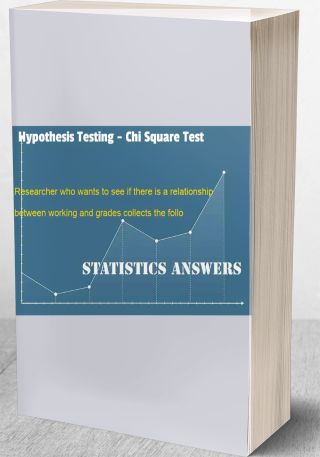How much customers buy is a direct result of how much they spend in the store. A study of average sh
Question: How much customers buy is a direct result of how much they spend in the store. A study of average shopping time in a large national houseware store gave the following information.
Women with female companion: 8.3 min.
Women with male companion: 4.5 min.
Suppose you want to set up a statistical test to challenge the claims that a woman with a female friend spends an average of 8.3 minutes shopping in such a store.
(a) What would you use for the null and alternate hypotheses if you believe the average shopping time is less than 8.3 minutes? Is the critical region on the right, on the left, or on both sides of the mean?
(b) What would you use for the null and alternate hypotheses if you believe the average shopping time is different than 8.3 minutes? Is the critical region on the right, on the left, or on both sides of the mean?
Suppose an entertainment center was installed and now you wish to challenge the claim that a woman with a male friend spends only 4.5 minutes shopping in a houseware store.
(c) What would you use for the null and alternate hypotheses if you believe the average shopping time is more than 4.5 minutes? Is the critical region on the right, on the left, or on both sides of the mean?
(d) What would you use for the null and alternate hypotheses if you believe the average shopping time is less than 4.5 minutes? Is the critical region on the right, on the left, or on both sides of the mean?
Type of Deliverable: Word Document



![[Solution] Margin of error: three percentage points; confidence level : 95%; from a prior study, ^p is estimate #18182 Other Statistics](/images/downloads-images/featured/Statistics-question-9548.jpg)



